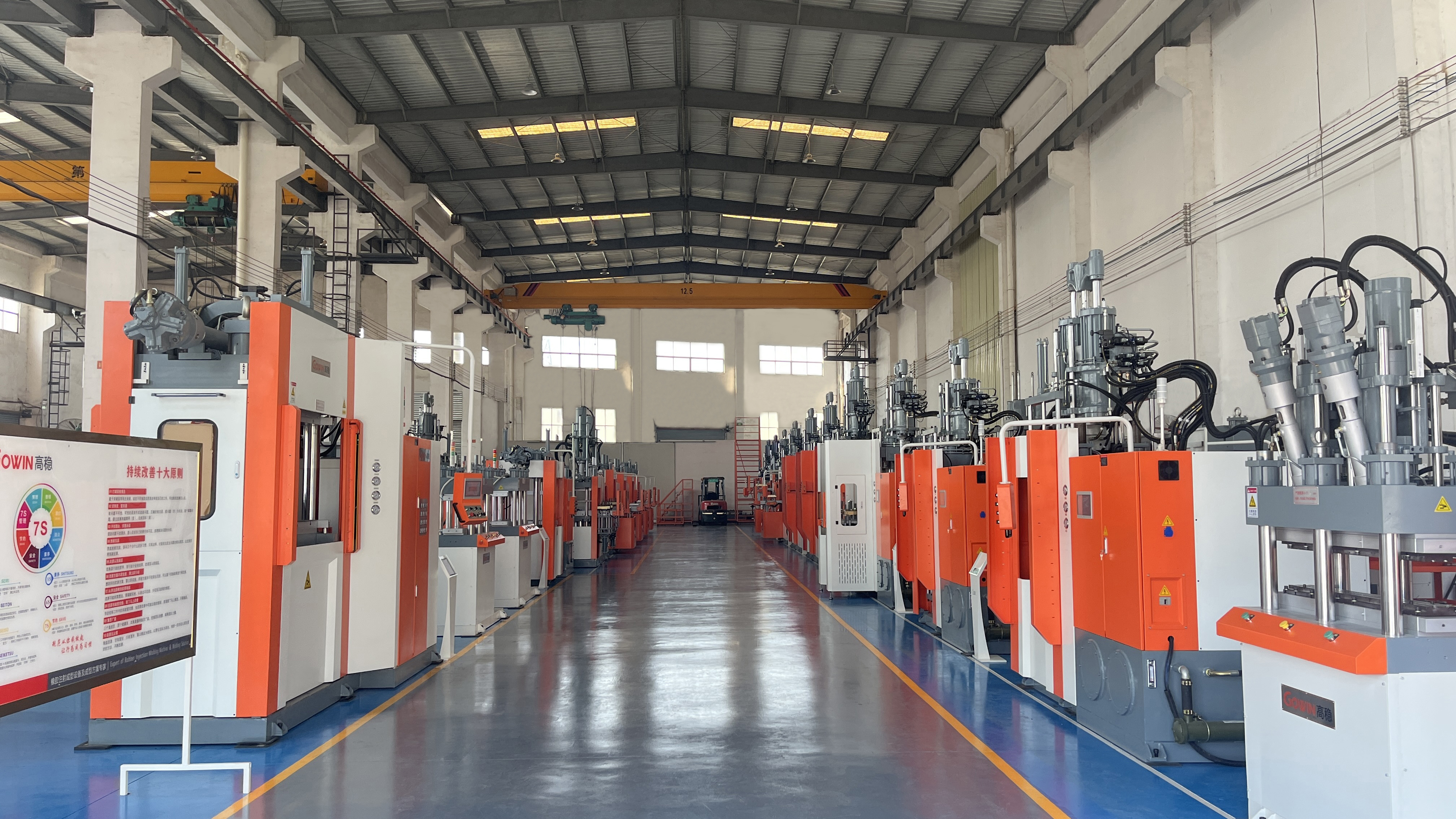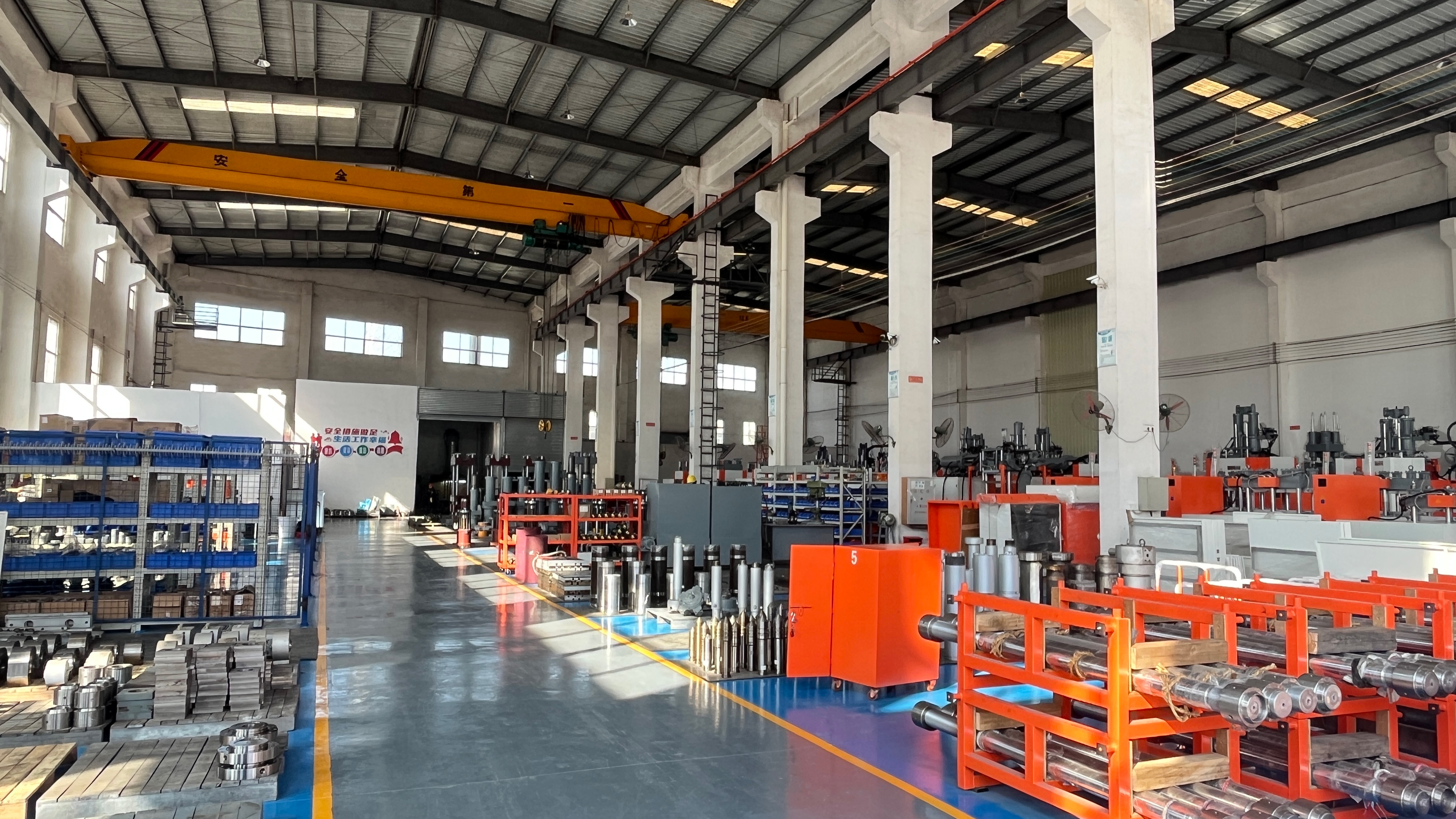SHARE
Advancements in technology and shifting customer demands are shaping the future of injection molding. As the political landscape changes and the industry continues undergoing digital transformation, key trends such as mold transfer, automation, and on-demand production are becoming increasingly important.
For over ten years, I’ve witnessed the pulse of this industry, from the deafening thud of a rubber compression molding machine to the silent, precise efficiency of a modern silicone rubber injection molding machine. The landscape is transforming at a breathtaking pace. If your machinery and strategies haven't evolved since the last decade, you are not just falling behind; you are risking obsolescence. The global market, especially the automotive rubber molded components market, is unforgiving. It demands precision, efficiency, and intelligence. This isn't just another piece of rubber manufacturing news; this is a call to action. The decisions you make today regarding your production floor will determine your place in the competitive hierarchy of tomorrow.
.png)
The Digital Imperative: Beyond Basic Automation
The term ‘automation’ is thrown around constantly, but its meaning has deepened. It’s no longer just about robotic arms removing parts. True automation now encompasses a fully integrated production cell. Imagine a system where your rubber injection moulding machines are fed by automated material handling systems, with process parameters self-adjusted in real-time by AI-driven software based on continuous sensor feedback. The goal is a "lights-out" factory for certain production runs, where operations continue unsupervised, drastically reducing labor costs and human error.
This shift is critical for serving the on-demand production model that major clients, particularly in the injection molding automotive industry, now require. They no longer want to house massive inventories; they want just-in-time delivery of perfect parts. Only manufacturers with highly automated, data-rich processes can meet these expectations. For rubber moulding manufacturers, this means investing in machinery with built-in IoT capabilities, allowing for predictive maintenance—addressing a worn heater band or a slight hydraulic pressure drop before it causes downtime or a batch of scrap.
The Strategic Shift: Mold Transfer and Specialization
The trend of mold transfer is a direct consequence of global economic and political shifts. As supply chains reconfigure, molds are being moved between facilities and across continents. This presents both a challenge and an opportunity. The challenge is ensuring a seamless, rapid transition with zero loss of quality. The opportunity lies in positioning your facility as the ideal destination for these high-value molds.
This requires your rubber injection moulding machines to be incredibly versatile and precisely calibrated. A mold designed for a machine in one country must produce an identical part on your machine thousands of miles away. This demands machine rigidity, repeatability within microns, and sophisticated control systems that can store and replicate exact process recipes. Furthermore, it pushes manufacturers towards greater specialization. You can’t be everything to everyone. The most successful shops are those that dominate a niche.
Perhaps your focus becomes high-volume rubber wire mold products for the appliance industry, requiring flawless consistency. Maybe you specialize in complex medical-grade components using advanced silicone rubber injection molding machines, where certification and traceability are paramount. Or, you could become a leading Rubber Bushing Making Machinery Exporter or a renowned Rubber Hose Molding Machine Manufacturer, providing not just the parts but the very technology that creates them. Specialization allows you to develop deep expertise, invest in targeted technology, and become the undisputed leader in your chosen segment.

The Technology Deep Dive: Machinery for the Modern Era
Your machinery portfolio must reflect these strategic goals. Let’s break down the key pieces:
1. The All-Rounder: The Modern Rubber Injection Moulding Machine. This is the heart of your operation. The latest generation offers closed-loop control of injection speed, pressure, and temperature. Energy-efficient servomotor-driven hydraulic systems or all-electric designs are becoming standard, slashing power consumption by up to 60% compared to older models. These machines are the workhorses for a vast range of applications, from O-ring injection molding to complex multi-material parts.
2. The Precision Artist: The Silicone Rubber Injection Molding Machine. Silicone (LSR) processing is a discipline of its own. It requires specialized plunger or screw-type injection units that prevent premature curing, precise temperature control of the material itself, and often cold-runner mold systems to minimize waste. As demand grows in medical, automotive, and consumer goods sectors, having this capability is a significant competitive advantage.
3. The Legacy Workhorse: The Rubber Compression Molding Machine. While injection molding dominates for high-volume precision, compression molding still holds value for very large parts, low-volume production, or certain materials. The modern approach isn't to discard these machines but to automate them. Adding robotic part handling and automated charge feeders can breathe new life and efficiency into a compression press, making it a valuable part of a mixed-technology shop.
4. The Certification Critical: CE Certification Rubber Vulcanizing Press Machinery. Whether you are producing parts or manufacturing machinery for export, CE certification is non-negotiable for the European market. It’s not just a sticker; it’s a guarantee that the machinery meets stringent EU health, safety, and environmental standards. For a Rubber Bushing Making Machinery Exporter or a Polymer Insulator Making Machine Product manufacturer, this certification is your passport to a global clientele that prioritizes safety and compliance. It signals quality and builds immediate trust.

The Market Outlook: Where is the Growth?
Understanding the demand drivers is key to aligning your investments. The automotive sector remains a behemoth. The injection molding automotive industry is evolving with the vehicle itself. The shift to electric vehicles (EVs) creates new demands—different types of seals, bushings for noise and vibration damping in the absence of an engine, and specialized cooling system hoses for battery thermal management. This isn't a decline; it's a transformation of needs.
Beyond automotive, look to sectors like renewable energy (seals and components for wind turbines and solar panels, often made on large-scale vulcanizing presses), medical (silicone implants, seals, and tubing requiring the cleanest possible processes), and telecommunications (polymer insulator making machine products for 5G infrastructure). Each of these sectors requires a manufacturer who understands their specific material, precision, and certification requirements.
A Actionable Plan for Your Operation
So, what should you do?
1. Audit Your Assets: Critically evaluate every machine on your floor. Can your oldest machine hold the tolerances needed today? Does it have the data output capability to integrate into a modern MES (Manufacturing Execution System)? Prioritize retrofitting or replacement.
2. Embrace Data: Start collecting data from your machines. Even basic cycle time, temperature, and pressure data can reveal inefficiencies. This is the first step toward predictive maintenance and process optimization.
3. Identify Your Niche: Don’t try to compete on price for simple commodities. Use your unique capabilities—whether it’s expertise in O-ring injection molding, manufacturing complex rubber wire mold products, or achieving impeccable surface finishes—to carve out a specialized, high-value market position.
4. Build Partnerships: Work with your customers as a solutions provider, not just a parts vendor. Understand their challenges and use your expertise to solve them. This is how you become indispensable.
The future belongs to the agile, the automated, and the specialized. The humble rubber injection machine is no longer just a piece of factory equipment; it is the central node in a smart, connected, and highly efficient production ecosystem. Upgrading your machinery and strategy isn't an expense; it's the most critical investment you can make in the future of your business.
If you would like to learn more about other related issues regarding rubber injection machines, please feel free to consult.
Post time: Oct-17-2025





